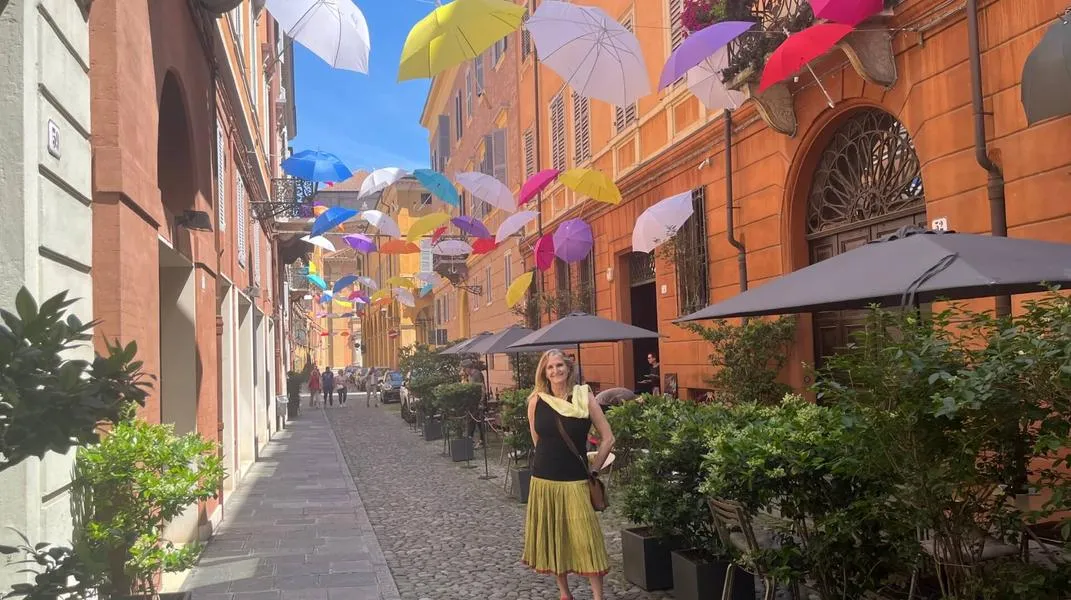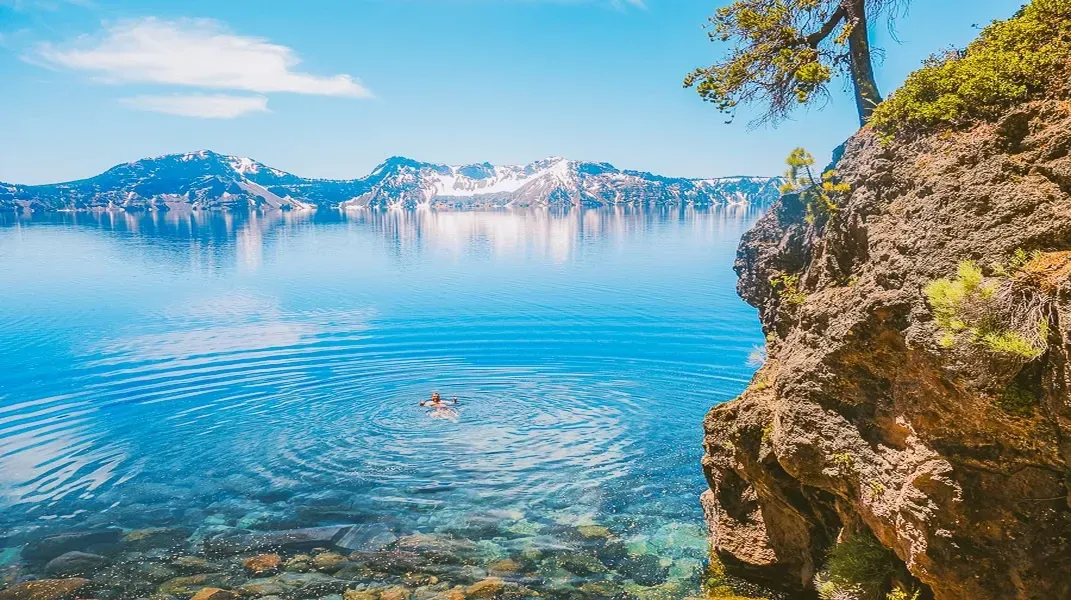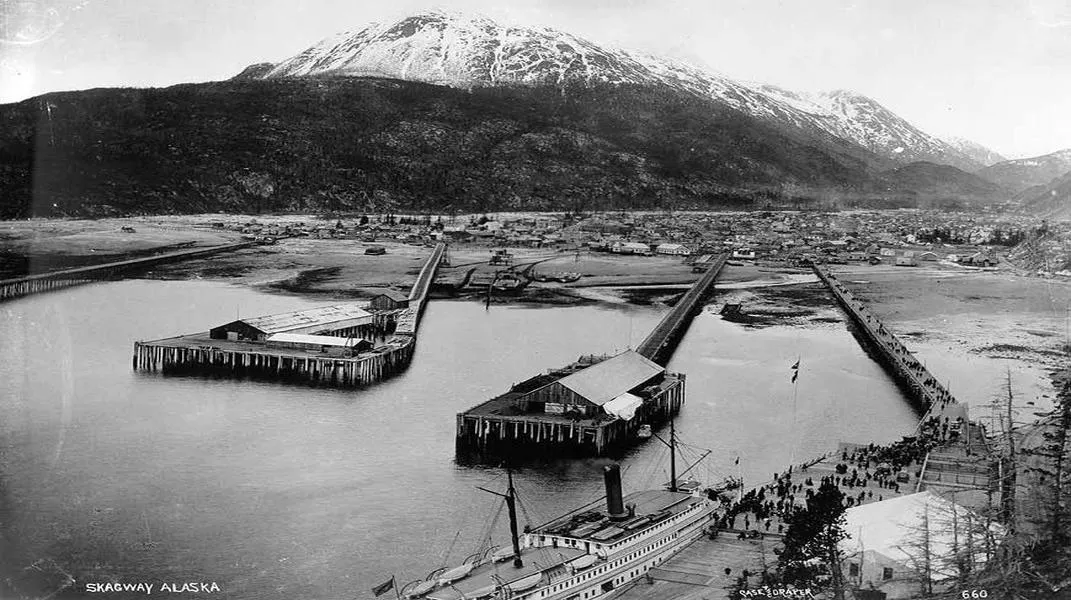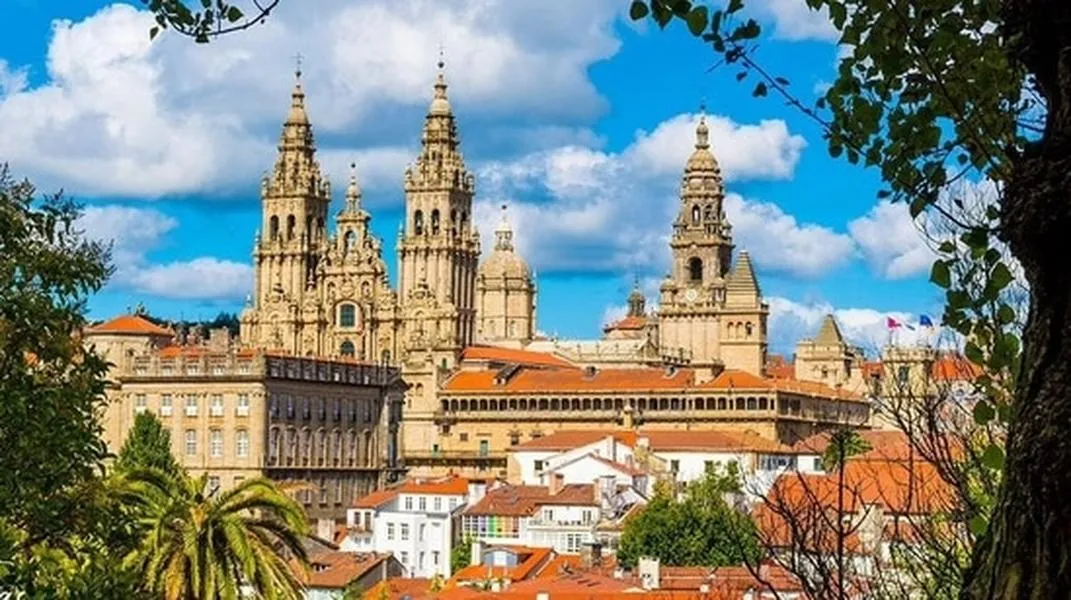Discovering Bologna: A Journey Through Italy's Culinary Capital
Bologna, the capital of the Emilia-Romagna region in northern Italy, is often overshadowed by more famous cities like Rome, Florence, and Venice. However, this vibrant university city is a hidden gem that offers a rich tapestry of history, culture, and culinary delights. With its medieval architecture, extensive porticoed streets, and a reputation as the gastronomic capital of Italy, Bologna is a destination that deserves a spot on every traveler’s itinerary.

Introduction
In this article, we’ll explore the must-see attractions, local delicacies, and essential tips to prepare for your visit to Bologna.
A Brief History of Bologna
Bologna boasts a history that dates back over two millennia. Founded by the Etruscans, it later became a significant Roman settlement known as Bononia. The city's strategic location as a trade route contributed to its growth and prosperity. By the Middle Ages, Bologna became a center for education, establishing one of the oldest universities in the world in 1088, which remains a vital part of its identity today.
The city’s architecture reflects its historical significance, with towers, churches, and palaces that speak of its past glory. The iconic Two Towers, Asinelli and Garisenda, dominate the skyline and are a testament to the city’s medieval heritage.
Exploring Bologna's Attractions
Bologna is a city that invites exploration. Here are some of its most captivating attractions:
1. Piazza Maggiore
At the heart of Bologna lies Piazza Maggiore, the city’s main square. Surrounded by historic buildings, the piazza is a lively gathering place for locals and tourists alike. Notable landmarks include:
- Basilica di San Petronio: This stunning church, one of the largest in the world, features an impressive façade and a richly decorated interior. Don’t miss the meridian line inside, which was used for astronomical studies.
- Palazzo del Podestà: This medieval palace, with its grand archways and towers, offers a glimpse into the city’s governance during the Middle Ages.
- Fontana del Nettuno: The fountain featuring the statue of Neptune is a popular meeting point and a symbol of Bologna.
2. The Asinelli and Garisenda Towers
These twin towers are iconic symbols of Bologna. The Asinelli Tower, standing at 97 meters, is the tallest leaning tower in Italy, while the Garisenda Tower, shorter at 48 meters, is known for its dramatic tilt. Climbing the Asinelli Tower rewards visitors with breathtaking views of the city and its surroundings.
3. The Archiginnasio and the University of Bologna
The Archiginnasio is a must-visit for anyone interested in the history of education. Once the main building of the University of Bologna, it now houses the Anatomical Theatre and a stunning library filled with ancient texts. The intricately decorated ceilings and marble floors provide a glimpse into the academic grandeur of the past.
4. The Porticoes of Bologna
Bologna is famous for its extensive network of porticoes, which stretch over 38 kilometers. These covered walkways not only provide shade and shelter but also add to the city's charm. Walking through the porticoes is an experience in itself, leading you to quaint shops, cafés, and local markets.
5. Santo Stefano Complex
A short walk from the city center leads to the Santo Stefano complex, a series of interconnected churches and courtyards that offer a serene escape from the urban bustle. The architecture reflects different styles and periods, making it a fascinating place to explore.
6. A Culinary Journey
Bologna is celebrated for its food, and no visit would be complete without indulging in its culinary delights. The city is the birthplace of renowned dishes such as:
- Tagliatelle al Ragù: Known worldwide as Bolognese sauce, this meat-based sauce is traditionally served with fresh tagliatelle pasta.
- Tortellini: These small, stuffed pasta shapes are often filled with meat or cheese and served in broth or with sauce.
- Mortadella: A type of Italian sausage that is synonymous with Bologna, this delicacy is a must-try.
To fully appreciate Bologna’s culinary scene, consider joining a food tour or a cooking class. Many local chefs offer hands-on experiences, allowing you to learn about traditional recipes and cooking techniques.
7. Markets and Food Experiences
Bologna's markets are a feast for the senses. The Mercato di Mezzo and Quadrilatero area are bustling with vendors selling fresh produce, meats, cheeses, and local specialties. Take your time to wander through the stalls, sample products, and enjoy a leisurely lunch at one of the nearby trattorias.
Preparing for Your Visit
To ensure a smooth and enjoyable visit to Bologna, consider the following preparations:
1. Best Time to Visit
Bologna is a year-round destination, but the best times to visit are during spring (April to June) and fall (September to October). During these months, the weather is pleasant, and the city is less crowded. The summer months can be hot, and winter may bring some rain, but the festive atmosphere around Christmas is also charming.
2. Essential Packing List
- Comfortable Walking Shoes: Bologna is best explored on foot, so bring sturdy shoes for walking along cobblestone streets and through the porticoes.
- Weather-Appropriate Clothing: Check the weather forecast before your trip and pack accordingly. Layers are a good idea, especially in spring and fall.
- Travel Guide or App: A travel guidebook or a smartphone app can enhance your experience by providing information on attractions, dining, and local customs.
- Portable Charger: As you’ll likely be using your phone for navigation and taking photos, a portable charger can be a lifesaver.
- Reusable Water Bottle: Stay hydrated while exploring the city by bringing a reusable water bottle. There are many public fountains where you can refill.
3. Getting Around
Bologna is well-connected by public transport, including buses and trains. The city is also bike-friendly, with numerous rental options available. However, many of the main attractions are within walking distance of each other, making it easy to explore on foot.
4. Language and Communication
While many locals speak English, especially in tourist areas, learning a few basic Italian phrases can enhance your experience and help you connect with the locals. Simple greetings and expressions of gratitude go a long way.
5. Currency and Payments
Italy uses the Euro (€). Credit and debit cards are widely accepted, but it’s advisable to carry some cash for smaller purchases or in case you visit markets or local eateries that may not accept cards.
6. Local Etiquette
When dining in Bologna, it’s customary to greet staff with a friendly “Buongiorno” or “Buona sera.” Tipping is appreciated but not mandatory; rounding up the bill or leaving small change is sufficient.
Conclusion
Bologna is a city that captivates with its rich history, stunning architecture, and world-renowned cuisine. From exploring its medieval streets and iconic towers to indulging in delicious local dishes, every moment spent in this vibrant city is a delight. Whether you’re a history buff, a foodie, or simply looking to soak in the Italian culture, Bologna has something to offer everyone.
As you prepare for your visit, remember to take your time to immerse yourself in all that Bologna has to offer. With its warm and welcoming atmosphere, you’re sure to leave with unforgettable memories and perhaps a newfound love for this remarkable city. So pack your bags, set your itinerary, and get ready for an adventure in the heart of Italy!




